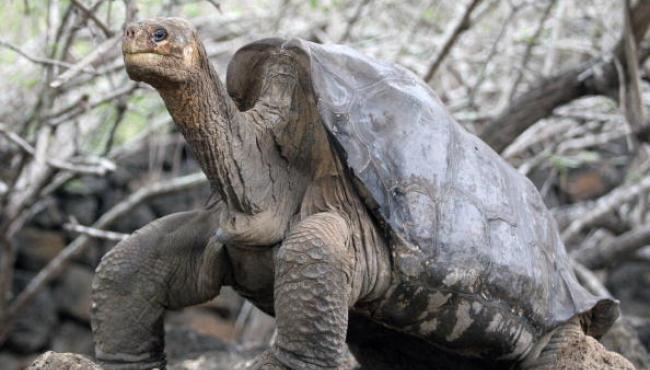New York: Exposure to a chemical used in many consumer products, including water bottles, can induce behavioural changes in turtles, reprogramming male turtle brains to exhibit behaviour common in females.
Often aquatic environments such as rivers and streams become reservoirs for the chemical Bisphenol A (BPA) which is used in many consumer products, including metal food storage products and water bottles.
Last year, a team of researchers led by University of Missouri in the US determined that BPA can disrupt sexual function in painted turtles, causing males to develop female sex organs.
Now, the team has shown that BPA also can induce behavioral changes in turtles. Researchers worry this could lead to population declines in painted turtles.
“Previously, our research team found that BPA and ethinyl estradiol (EE2), a hormone found in birth control pills, could ‘sex-reverse’ turtles from males to females,” said Cheryl Rosenfeld, Associate Professor at University of Missouri College of Veterinary Medicine.
“Painted turtles and other reptiles lack sex chromosomes. The gender of painted turtles and other reptiles is determined by the incubation temperature of the egg during development. Studies have shown that exposure to endocrine-disrupting chemicals (EDCs), such as BPA, can override incubation temperature and switch the sex of males to females,” Rosenfeld explained.
“In our latest study, we found that BPA also affects how the male brain is ‘wired’, potentially inducing males to show female type behavioural patterns,” Rosenfeld noted.
Researchers applied a liquid form of BPA and ethinyl estradiol to painted turtle eggs and incubated the eggs at a temperature that typically results in males.
Five months after hatching, turtles were tested with a spatial navigation test that included four food containers, only one of which was baited with food.
Results, published in the journal Hormones and Behavior, showed that developmental exposure to the chemicals improved spatial navigational learning and memory in males — similar to behaviours observed in female turtles.
IANS

